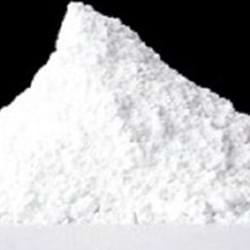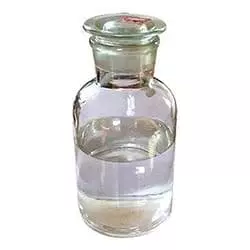Carbon Black (N330) - China
|
IUPAC Name |
: Carbon Black |
|
Cas Number |
: 1333-86-4 |
|
HS Code |
: 2803.00.00 |
|
Formula |
: C |
Basic Info
|
Appearance Name |
: Black solid, powdered solid |
|
Common Names |
: Carbon Black, Lamp Black |
|
Packaging |
: 20 KG/BAGS |





---china.webp)
